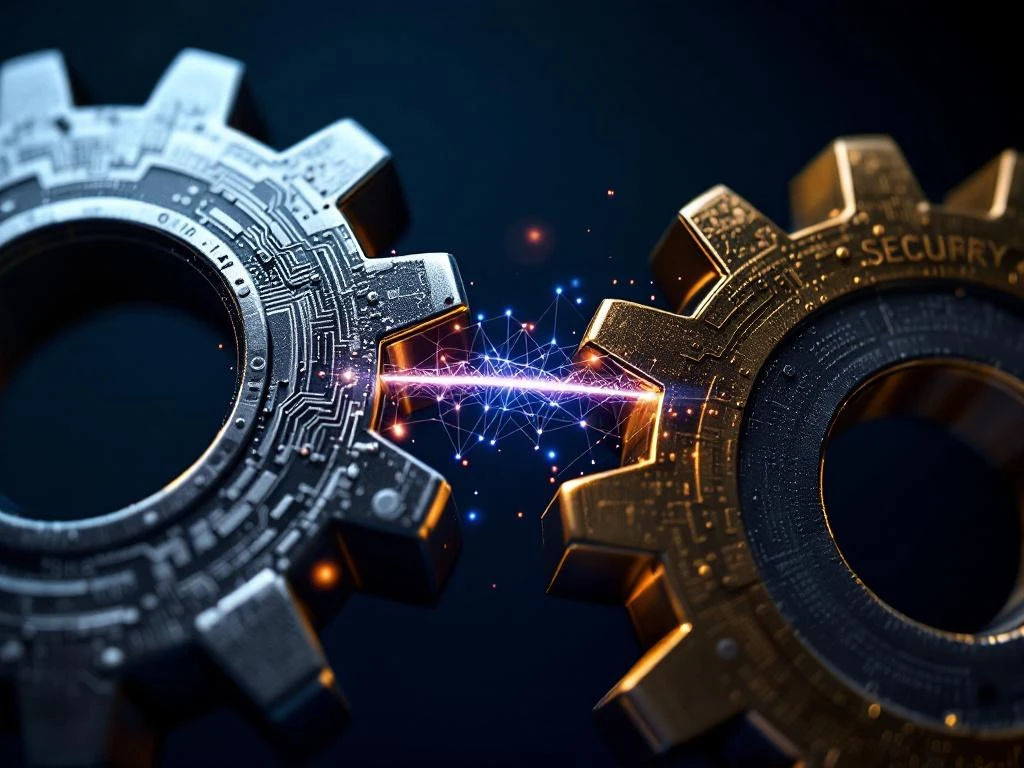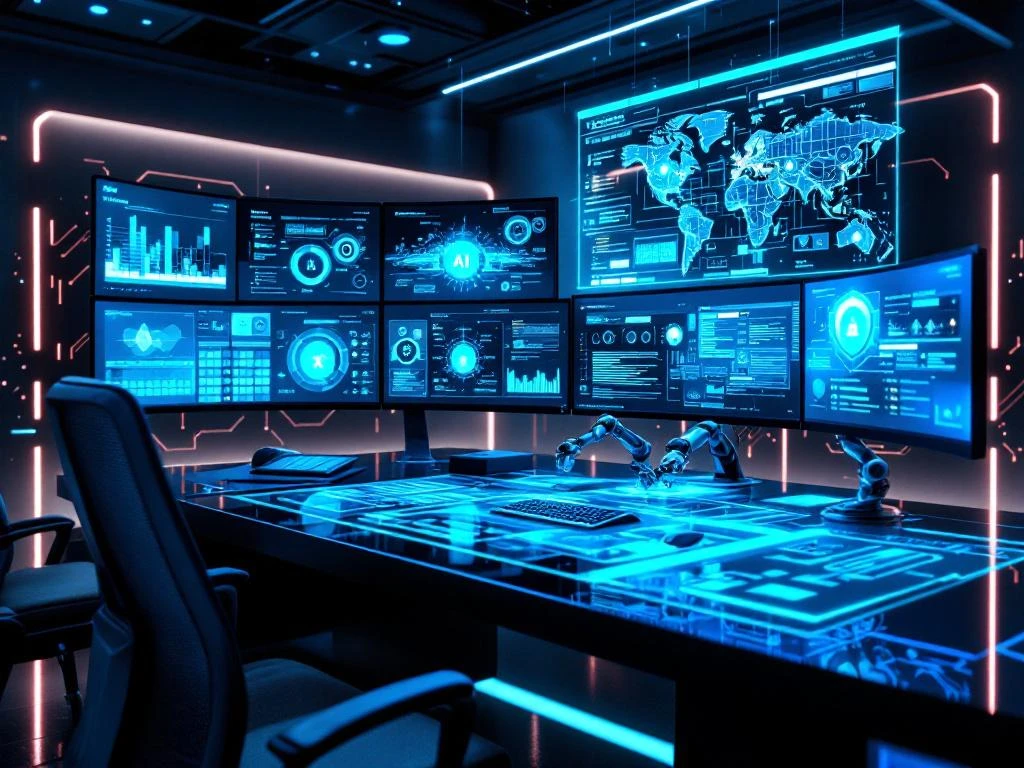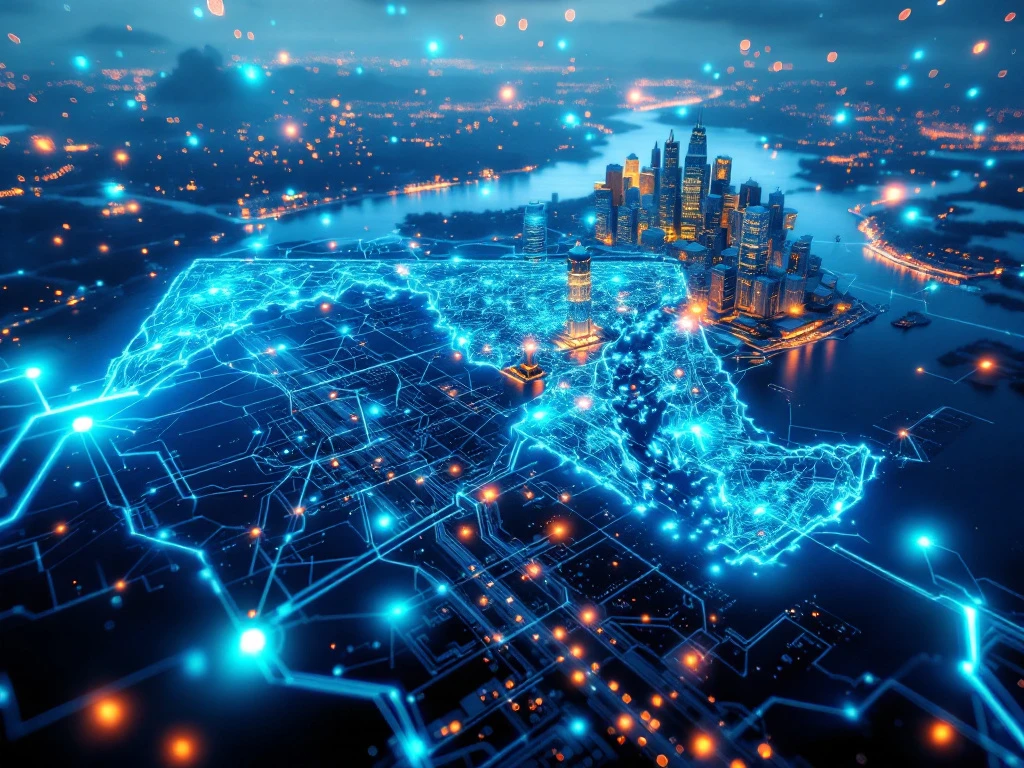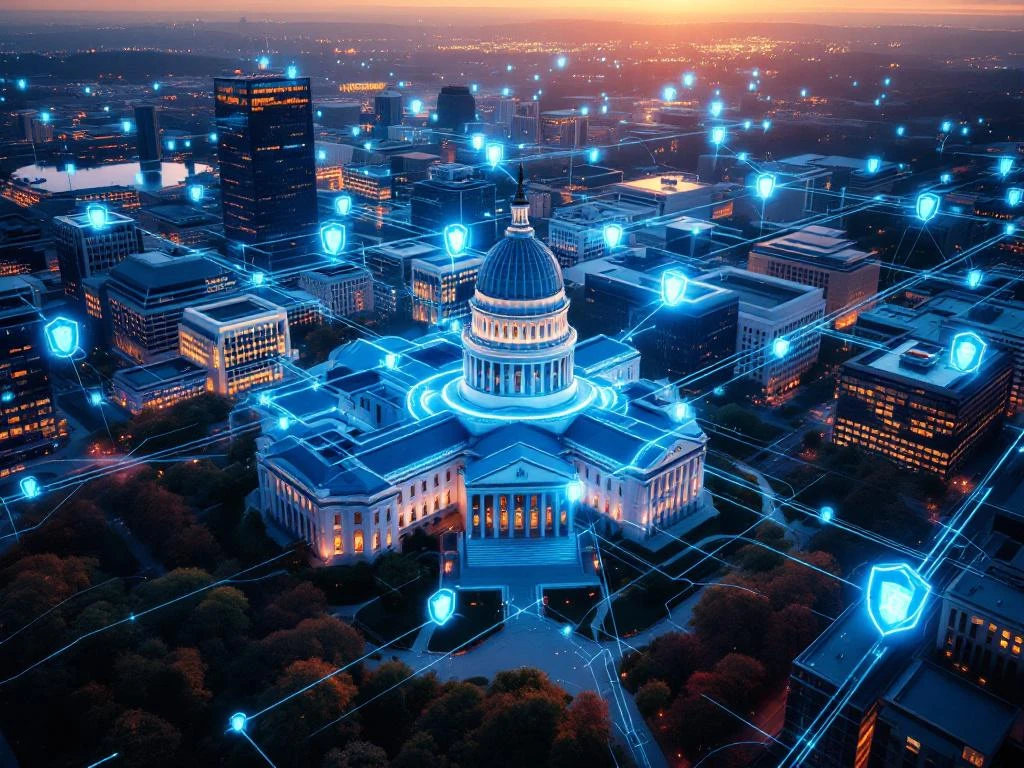

-
UK: +44 203 8876 770
US: 315 508 6500 - cybersecurity@thisisiceberg.com
-
8 Devonshire Square, London, EC2M 4YJ

Building an effective cybersecurity defence requires both AI security tools and skilled human professionals working together. This combination ensures comprehensive protection through automated detection capabilities enhanced by human strategic oversight and complex decision-making.
| AI Security Tools | Human Security Professionals |
|---|---|
| Process vast amounts of data and identify patterns | Provide strategic thinking and contextual understanding |
| Generate alerts and detect anomalies | Interpret findings and make critical decisions |
| Follow programmed algorithms | Think creatively to identify novel attack vectors |
| Provide speed and consistency | Offer flexibility and judgment |
Human expertise becomes particularly valuable when dealing with sophisticated attacks that require creative problem-solving. The most effective cybersecurity approach combines automated threat detection with human oversight, allowing organisations to benefit from both AI capabilities and human adaptability.
AI security tools handle automated processes including:
Human security professionals focus on:
The key distinction lies in adaptability and context. AI provides consistent, rule-based responses within predefined parameters, whilst humans offer flexible, context-aware decision-making that considers both technical and business implications.
| Role | Primary Functions |
|---|---|
| SOC Analysts | Monitor AI-generated alerts, investigate incidents, determine threat priority |
| Threat Intelligence Analysts | Interpret security event context, research emerging threats, tune AI systems |
| Incident Response Analysts | Coordinate breach reactions, assess incident scope, develop containment strategies |
| Digital Forensics Analysts | Investigate post-incident, process digital evidence, identify attack root causes |
Security engineers design and implement the infrastructure supporting AI security tools. Their responsibilities include:
Their role ensures security data flows efficiently across technology stacks and automated responses coordinate with broader business processes.
Key specialised positions include:
Effective team structure requires:
This structure ensures AI tools handle routine threats efficiently whilst complex incidents receive appropriate human attention.
Successfully integrating AI security tools requires hiring professionals who understand both traditional security principles and modern AI capabilities. Focus on recruiting:
Your team structure should balance automated efficiency with human oversight, ensuring AI tools handle routine tasks whilst experienced professionals focus on strategic decision-making and complex threat analysis.
Building this balanced team requires understanding both current cybersecurity staffing needs and future technology trends. We help organisations identify the right combination of AI security professionals and traditional cybersecurity roles to create comprehensive, effective security operations.
If you are interested in learning more, reach out to our team of experts today.













